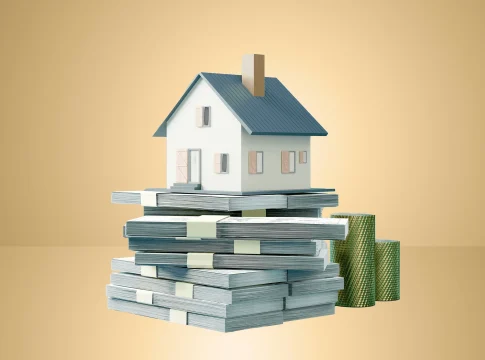Understanding the Factors That Shape Current Mortgage Rates
When it comes to securing a mortgage, the rates you encounter can feel overwhelming. It’s important to understand the variety of factors that influence these rates, which can vary from the national average. Here’s a breakdown of what you need to know.
Key Influencers of Mortgage Rates
1. Market Indicators
- 10-Year Treasury Yield: This bond yield is pivotal; it often serves as a benchmark for long-term mortgage rates, particularly the popular 30-year fixed mortgage.
- Mortgage-Backed Securities: The rates that investors receive from these securities can impact mortgage rates. The relationship between these securities and Treasury yields matters, as do the spreads between what lenders offer and these security rates.
2. Investor Sentiment
How investors view the economy also plays a role. Positive or negative perceptions can affect the behavior of Treasury yields and the willingness of lenders to take on risk.
3. Your Personal Financial Profile
- Credit History: Lenders will scrutinize your credit report and score. A strong credit profile can lead to better mortgage rates.
- Income and Debt: Your income relative to your debt load matters. If you can comfortably handle mortgage payments, lenders feel more at ease approving you.
- Down Payment: A larger down payment often means a lower mortgage rate. It’s typically recommended to aim for at least 20% down to optimize your rate.
4. Cost Management
- Points Paid: You can choose to pay mortgage points upfront to lower your interest rate. Each point, representing 1% of your loan, can decrease your rate by about 0.25%.
- Loan Term: Shorter loans (e.g., 15 years) tend to have lower rates compared to longer terms (30 years). However, your monthly payments will be higher.
Choosing the Right Mortgage for Your Needs
When selecting a mortgage, align your choice with your financial situation and goals. For many, a 30-year fixed mortgage is appealing due to its lower monthly payments. While it may cost more over time, the affordability factor is often a key consideration.
Example Breakdown
Consider this example of a $350,000 loan across different loan terms:
- 30-year loan at 6.97%: Monthly payment of $2,321, total interest of $485,744.
- 20-year loan at 6.74%: Monthly payment of $2,659, total interest of $288,206.
- 15-year loan at 6.20%: Monthly payment of $2,991, total interest of $188,461.
- 10-year loan at 6.16%: Monthly payment of $3,913, total interest of $119,667.
Note: These figures exclude property taxes and insurance, which can significantly affect your budget.
Don’t Forget Extra Costs
While pondering principal and interest payments, remember that homeownership carries additional expenses. Maintenance, repairs, utilities, and unforeseen costs can strain your budget.
Extra Payment Strategies
One effective strategy is to opt for a longer loan term but make extra payments toward the principal. This allows for flexibility during tough financial times without risking your home. If you choose a shorter term, you commit to higher payments which may be less manageable.
By staying informed about these factors and considering your personal situation, you can make wiser choices about your mortgage and your future financial well-being. Ultimately, taking the time to research and understand your options can lead to significant savings and a more comfortable homeownership experience.

Writes about personal finance, side hustles, gadgets, and tech innovation.
Bio: Priya specializes in making complex financial and tech topics easy to digest, with experience in fintech and consumer reviews.

